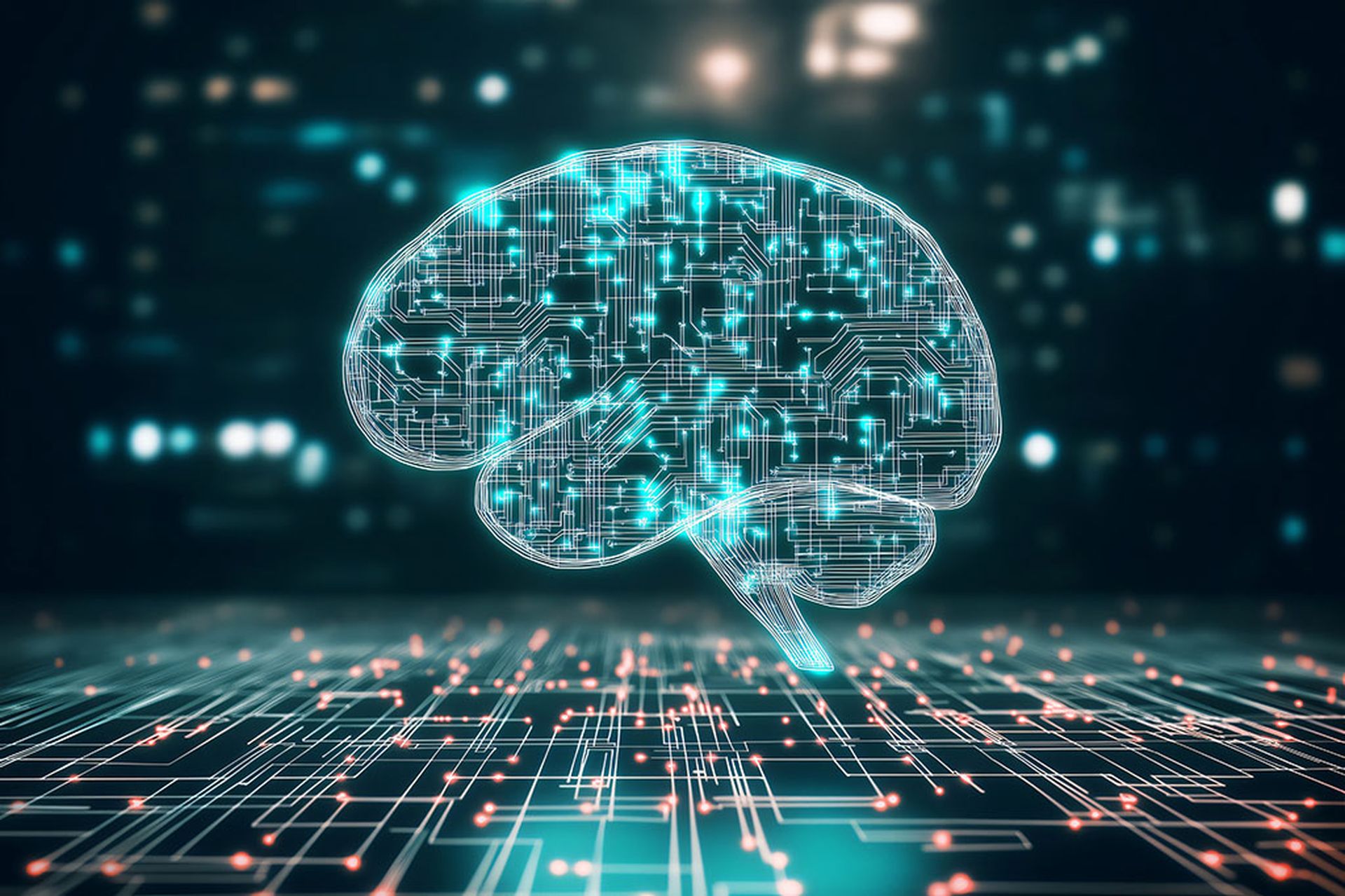As cyber threats grow in sophistication and frequency, organizations are turning to artificial intelligence (AI) to bolster their defenses. AI offers a new dimension to digital security by enhancing the ability to predict, detect and respond to attacks before they escalate. But the integration of AI in cybersecurity isn’t just about flashy technology or automating routine tasks — it’s about enabling security teams to think and act more strategically.
Today, AI is reshaping how organizations approach cybersecurity. Imagine a system where potential threats are identified and neutralized before they cause harm, where the noise of false alarms is minimized and where teams have a clearer picture of their digital landscape. This is the reality that AI is making possible, shifting the focus from reactive firefighting to proactive defense.
Rather than spending hours manually sifting through logs or correlating data, security professionals can now leverage AI to handle these time-consuming tasks. This isn’t about machines replacing humans; it’s about augmenting human capabilities. Security teams can now focus on strategic initiatives, such as identifying emerging threats, refining incident response plans, and ensuring compliance with evolving regulations.
AI in Action: Practical Applications in Cybersecurity
AI is already proving invaluable across several critical areas:
- Advanced Threat Detection: AI-driven systems analyze vast amounts of data in real time, identifying patterns and anomalies that would take humans significantly longer to detect. This rapid detection can mean the difference between a thwarted attack and a costly data breach.
- Simplified Compliance Management: Navigating complex regulatory environments is a challenge for many organizations. AI can streamline this process by cross-referencing multiple compliance frameworks, identifying overlaps and pinpointing areas of non-compliance — saving time and reducing human error.
- Predictive Security: By analyzing historical data and behaviors, AI tools can anticipate potential threats, allowing organizations to strengthen their defenses proactively. This predictive approach means fewer surprises and more strategic planning.
Balancing Innovation with Responsibility
However, the adoption of AI in cybersecurity isn’t without its challenges. With its growing role comes the responsibility to address critical questions around ethics, privacy and accountability. How do we ensure that AI systems are unbiased and transparent? What measures are in place to prevent misuse? And how do we strike the right balance between security and privacy?
These concerns are not theoretical. As AI tools become more sophisticated, the potential for unintended consequences increases. Organizations must adopt a balanced approach that weighs the benefits of AI-driven security against the risks of over-reliance on technology that is still evolving.
The Evolving Role of the Security Professional
AI’s impact on cybersecurity is also reshaping the role of the security professional. Rather than diminishing human value, AI is changing what that value looks like. Security experts are moving beyond technical tasks to become strategic thinkers who can interpret AI-generated insights and use them to make informed decisions.
The skills needed in this new environment are diverse and dynamic:
- Crafting Effective AI Prompts: To extract the most meaningful insights from AI tools, security teams need to know how to frame their questions effectively, ensuring that AI outputs are both relevant and actionable.
- Interpreting Complex Data: AI can generate a wealth of data, but the ability to translate this information into actionable strategies remains a uniquely human skill.
- Understanding Broader Implications: As AI tools become more integrated into security practices, professionals must also consider the wider business implications, including legal, ethical and reputational factors.
Looking Ahead: A Balanced Approach to AI in Cybersecurity
Imagine a future where AI and human expertise work seamlessly together, anticipating and neutralizing threats before they cause harm, where false alarms are minimized, and security teams operate with clarity and confidence. This future is within reach, but it requires a thoughtful balance between embracing AI’s capabilities and recognizing its limitations.
As AI continues to reshape cybersecurity, it’s not just about faster threat detection or automated responses — it's about a strategic partnership. Security professionals are learning to harness AI’s potential to enhance their decision-making, interpret complex data and address ethical concerns with a human touch. This collaboration transforms AI from a mere tool into a trusted ally, shifting the focus from reactive defense to proactive, informed strategy.
And as AI becomes more integrated into cybersecurity practices, its influence on processes and solutions like managed detection and response (MDR), endpoint detection and response (EDR) and incident response (IR) will only continue to grow. These approaches are leveraging AI to provide deeper insights, automate repetitive tasks and improve overall security posture—helping organizations stay one step ahead in the ever-evolving battle against cyber threats.
The journey ahead will be defined by how well organizations integrate AI’s capabilities with human insight, creating a cybersecurity approach that leverages the strengths of both. Those who adopt this balanced perspective will find themselves better prepared to navigate an increasingly complex digital landscape, ensuring that AI truly becomes a partner in safeguarding our digital world.




